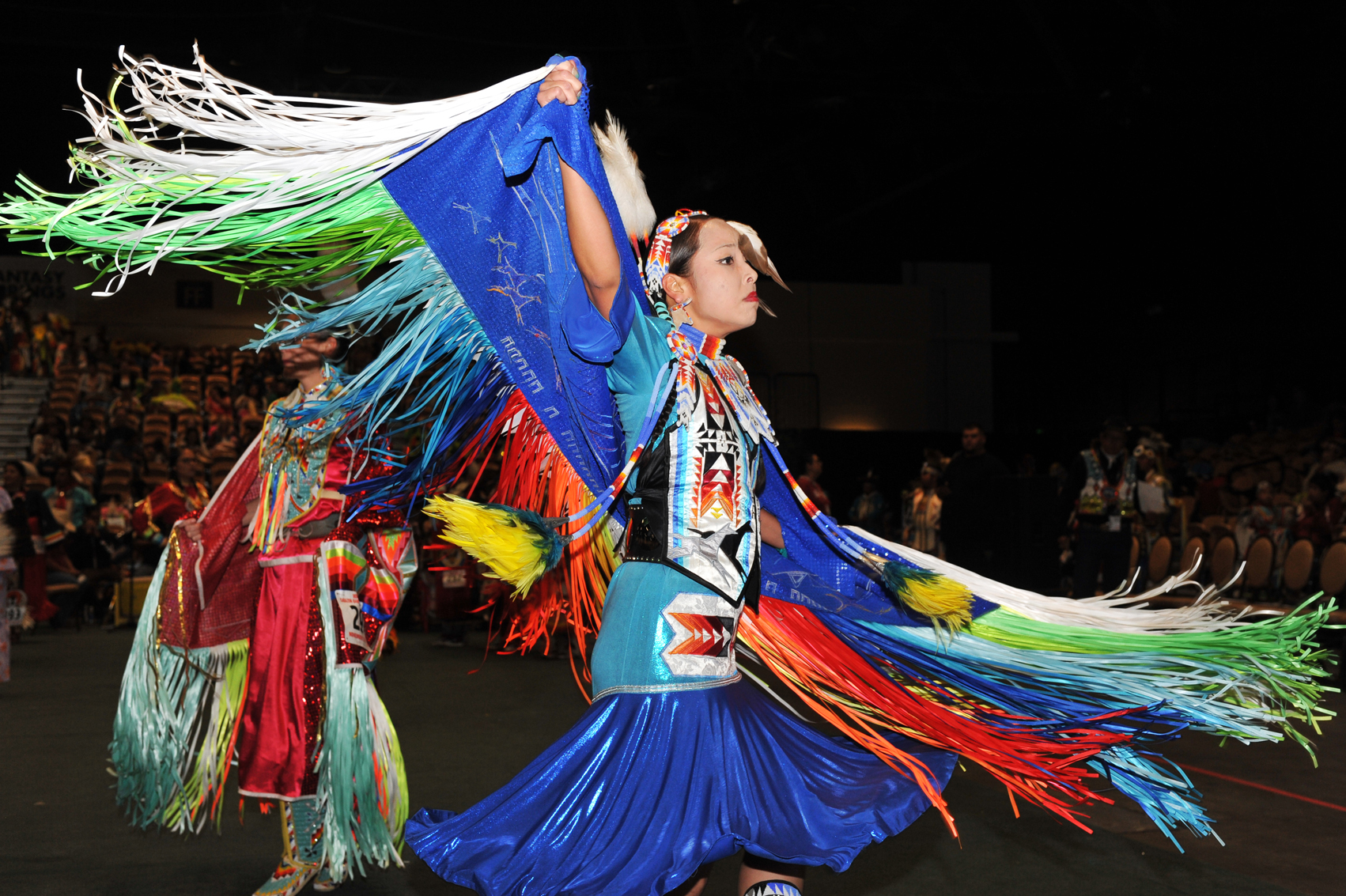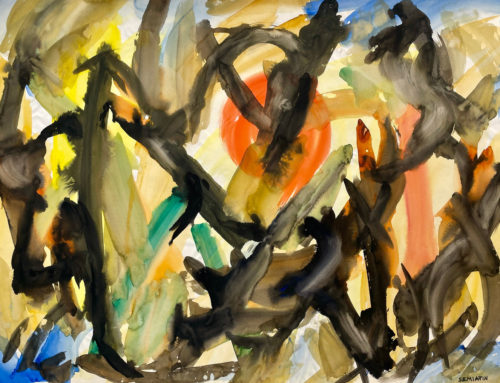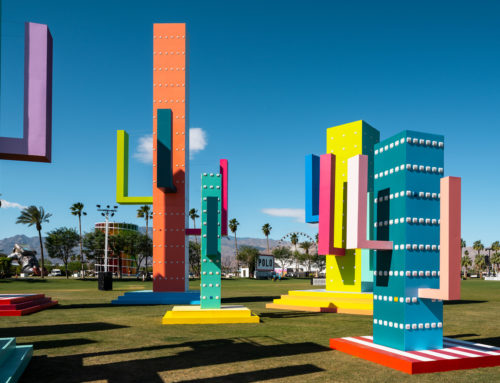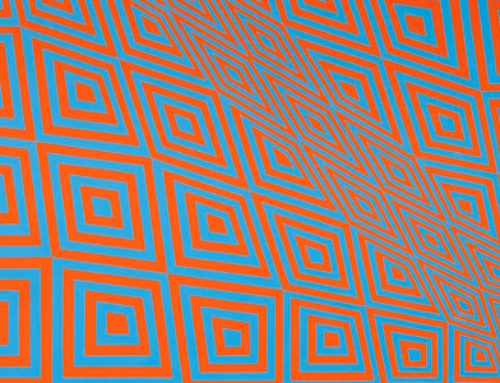The culturati come in droves to the California desert for immersive experiences like Coachella, the Palm Springs International Film Festival, and the newly minted juggernaut known as Desert X. But are they seeing more than a sliver of what the California desert arts scene has to offer? Are you capitalizing on all this activity?
The California Desert Arts Council—founded last year to unify, empower, and promote the arts in the Coachella Valley region—has a strategy that aims to level the playing field and increase the visibility of our visual and performing artists and arts and culture organizations.
“We’re interested in a sustainable arts community,” says CDAC’s CEO, Christi Salamone. “We want to help create a year-round creative economy and a vital cultural tourism brand.”
CDAC is setting out to establish the Highway 111 Cultural District and will seek official state designation in 2019. We have several outcomes in mind:
■ Brand the region as a world-class (and year-round) arts and culture destination.
■ Foster collaboration between artists and organizations.
■ Create professional opportunities for local artists.
■ Enable organizations to build and engage audiences through collaborative marketing.
■ Provide a platform to expand the role of Hispanic, Native American, and artist communities to ensure an authentic experience and avoid displacement.
■ Inspire greater pride in place.
The effort to create the district traces to the nascent California Cultural Districts program, which was enabled by legislation (AB 189) to “assist Californians in leveraging the state’s considerable assets in the areas of culture, creativity, and diversity.”
“With a district comes a mandate to aggregate programming and unify marketing, which will help organizations with small budgets reach more people,” Salamone says.
One of CDAC’s first priorities is cultural asset mapping to establish a foundation of knowledge and tool for collaboration. “The desert has a long history of ad hoc collaboration in the arts and culture community,” Salamone says. “This exercise will ensure we have a full and inclusive understanding of the history, institutions, businesses, facilities, and people in arts and culture in the Coachella Valley region.”
The cultural district will benefit the region in many ways. For starters:
■ Artists and organizations, as well as residents and businesses, will see economic impact created through unified branding, marketing, programming, and problem solving.
■ Brand development around the district will foster collaboration, pride in place, and a “package” of experiences for destination marketing.
■ Preserving, celebrating, and elevating underserved Native American, Latino, senior, and artist communities will underscore the distinctive character and livelihood.
Demand has been stirring among arts and tourism organizations for organized, dedicated leadership to champion a structure that makes the region’s cultural assets visible, not only to creative leaders but also to those in education, business, government, transportation, housing, and other vital sectors.
CDAC and the Greater Palm Springs CVB have entered into an agreement to develop an asset inventory and a cultural tourism brand and marketing campaign. The CVB and the Coachella Valley Economic Partnership endorse the cultural district initiative, and CDAC has received other letters of support from artists and arts, business, and education leaders.
“A cultural district will help us provide professional opportunities and attract more visitors to enjoy arts and culture in the Coachella Valley region,” wrote Josh Bonner, president and CEO, Greater Coachella Valley Chamber of Commerce. “We’re interested in building a region where our members can thrive year-round. This means we must attract people to the area in times generally considered to be our offseason. We’re excited to work with the California Desert Arts Council to create that environment.”
Michael Shaw, artistic director of Dezart Performs, wrote, “I truly believe a cultural district will help provide small organizations like ours and its actors, playwrights, designers and directors greater opportunities and continued expansion in our programming. This, in turn, will benefit our students, residents and visitors, the very people we serve as a nonprofit.”
Kelly Hall, dean of the School of Social Sciences and Arts at College of the Desert, says the key to sustaining the arts is the support and future expansion of programming to attract students, residents, and guests to our area.
Follow the CDAC blog for updates on the cultural district initiative.
Photo: Members of the Cabazon Band of Mission Indians celebrate at its annual pow wow.







